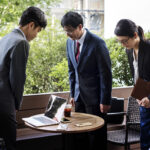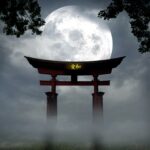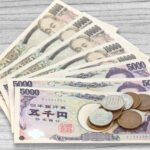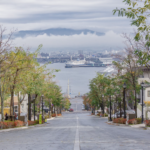As 1st January approaches, Japanese families are preparing themselves for the big New Year (also known as Oshōgatsu) celebrations.
Decorations have been put up and houses have been cleaned. Special food has been bought and prepared. Even greeting cards to loved ones have been written.
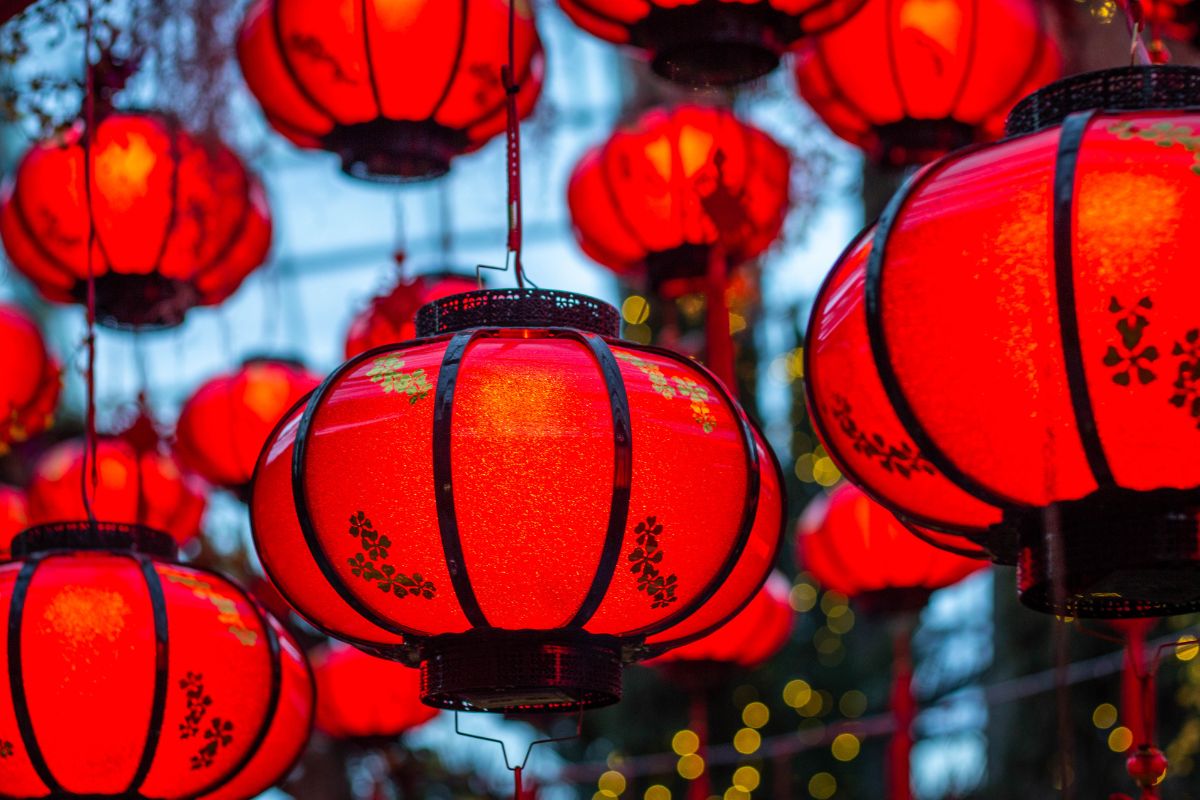
Once the clock strikes midnight, the celebrations of the new year are in full swing. By the next morning, the New Year celebrations are well and truly over. However, a lot of Japan’s Asian neighbors are still yet to ring in the Lunar New Year.
The Lunar New Year is a huge celebration – in fact, it is one of the biggest in the world. Countries such as South Korea (Seollal), China (Spring Festival) and Vietnam (Tết) take part in the celebrations.
So, why is it that Japan does not celebrate Lunar New Year? Let’s find out.
Has Japan Ever Celebrated The Lunar New Year?
There was a time when Japan did celebrate the Lunar New Year. In the sixth century CE, the Chinese lunisolar calendar became the main way of timekeeping within Japan. This lasted until the year 1873.
Before this came about, Japan actually celebrated New Year’s Day along with Vietnam, Korea and China. This was celebrated during the second newest moon which followed the winter solstice.
So, why did Japan suddenly stop celebrating the Lunar New Year? It all happened because the attitudes in Japan at the time changed. They thought that Western culture was far more superior to practices happening in Asian countries at the time.
Why Did Japan Stop Celebrating The Lunar New Year?
In 1873 during the Meiji Restoration, Japan began to adopt the Gregorian calendar. This was to bring Japan in line with the Western world. The elite of Japan thought that practices in Japan were far more inferior compared to the West.
Because of this, they thought Japan would be held back unless they removed old practices. In response, the Meiji government adopted the Gregorian calendar.
However, they ended up placing the lunisolar calendar in with the newer calendar. This was instead of converting the different dates.
This meant that January 1st became Ganjitsu, also known as the lunisolar calendar’s first day. This coincided with the Gregorian calendar’s first day. This caused a gap of one month between the different New Year celebrations.
Japan would be celebrating their New Year before their Asian neighbors. It is still like this today.
In 1912, China created their own dual-calendar. This means that the Gregorian calendar has become used for everything. The only thing it is not used for is the traditional holidays.
They still go with the lunisolar calendar for those.
Mainland China along with Vietnam, Indonesia, Singapore, Malaysia, and Taiwan have adopted a similar calendar.
Do Some People Celebrate The Lunar New Year In Japan?
Despite Japan not celebrating the Lunar New Year as a whole country, there are exceptions. Primarily it is areas where there are Chinese immigrants.
However, people who live on the Ryukyu Islands (Okinawa prefecture) also celebrate Lunar New Year. Let’s take a closer look at both:
Ryukyu Islands

The people who live on the Ryukyu Islands have a mixed culture after borrowing different elements from China, Southeast Asia, Korea and Japan. They actually celebrate the Lunar New Year three times every year.
The first New Year happens on 1st January to stick with tradition in Japan. The people here also take part in the usual festivities and routine – for example the end of year cleaning of the home.
The second time marks the first day of celebrating Lunar New Year. It is a smaller celebration, however it incorporates Chinese and indigenous cultures.
The third and final celebration is on the 16th day during the Lunar New Year calendar. In Okinawa this is known as Jūrukunichi. It is also known as the New Year for the Afterlife.
On the mainland of Japan during the summer they celebrate the Buddhist festival Obon. This is where people spend the day with their families to celebrate the lives of loved ones who have passed away.
This is similar to the 16th day celebration in the Lunar New Year calendar.
Okinawans eat lots of food and spend time with their families. Some of the food includes kamaboko fishcakes, tofu, and lots of pork.
Chinatown
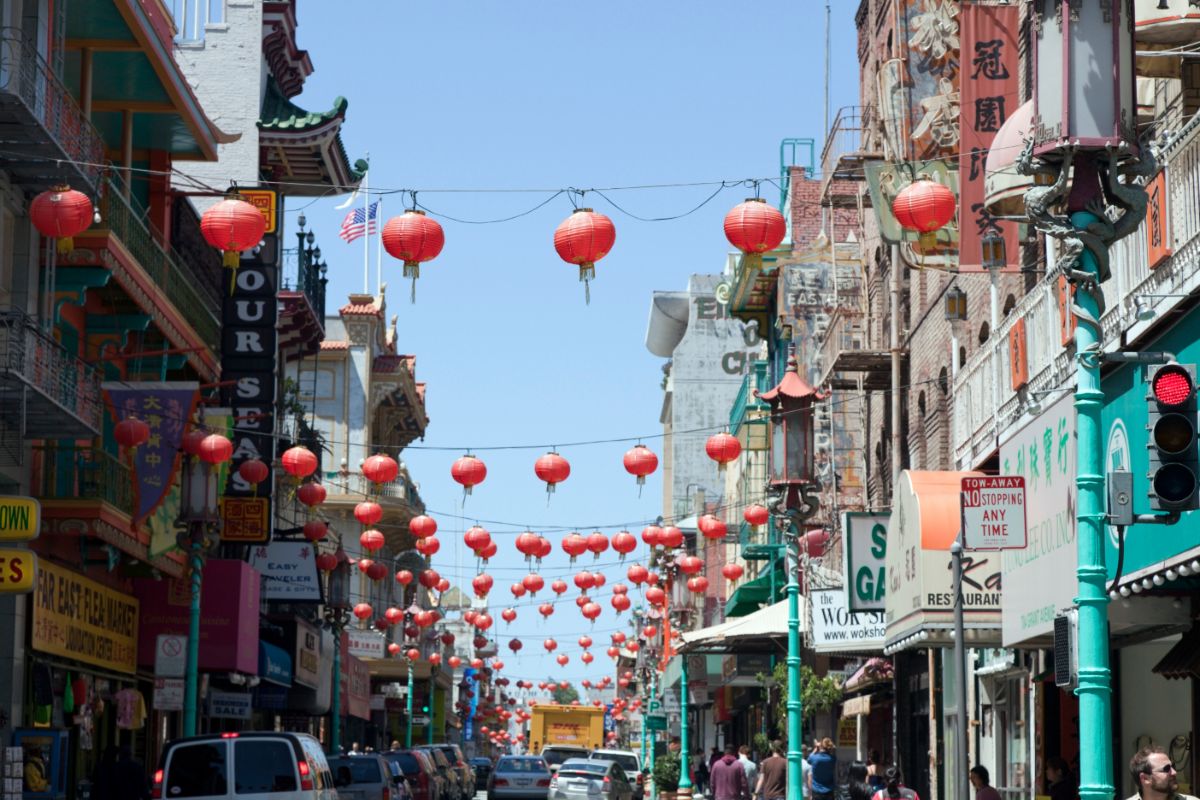
Unsurprisingly, lots of Chinese immigrants live in and around Chinatown in Japan. Because of this, there are large communities of foreigners within these areas.
The biggest Chinatowns are in Yokohama, Nagasaki, and Kobe. You will see Lunar New Year celebrations happening across the different Chinatowns. They often include dancing dragons, performances, lanterns, and parades.
There is also a lot of delicious food to eat, one being nikuman (or baozi in Chinese). This meal consists of steamed buns which are filled with meat – which is often pork.
Where Is The Largest Chinatown In Japan?
The largest Chinatown in Japan is in Yokohama. It is officially called Yokohama Chuukagai. It is based near the port of Yokohama. This is one of the reasons why it was easy for Chinese immigrants to get into the country.
These people wanted to start a brand-new life for themselves.
They began to form their own community. This then meant new stores and businesses. The area is now known as Chinatown – which is known as chuukagai in Japanese.
In fact, today it has more stores than houses!
One of the best things to see in this Chinatown is the Kuan Ti Miao temple. It is located right in the heart of Chinatown.
Final Thoughts
While Japan does not celebrate Lunar New Year as a whole, people do celebrate it within the country. This is because there are many different cultures within the mainland and surrounding islands.
If you are planning a trip to Japan, why not check out the local Lunar New Year celebrations? Chinatown is a great place to go. There are lots of food options and places to visit – including stores to buy unique items.
- 16 Best Websites To Watch Japanese Movies With English Subtitles - May 11, 2023
- Is ZIPAIR The Best Airline For Traveling To Japan? - May 11, 2023
- Ryu Murakami Vs Haruki Murakami – Which One Should You Read? - May 11, 2023

